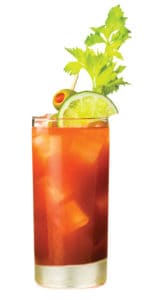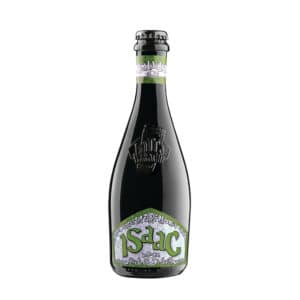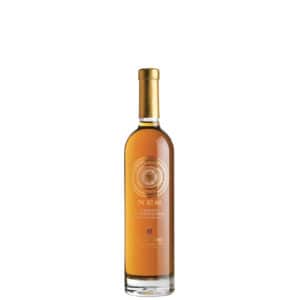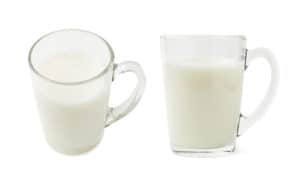
Put down the grater. It’s time to pair Parmigiano Reggiano with drinks.
“There’s Parmigiano Reggiano, and there’s Parmigiano Reggiano,” says Dino Borri, the Italian-born, New York–based VP of Global Partnerships for Eataly, an expansive food hall with eight locations in the US and more in Europe and beyond. Between its US restaurants and retail cheese sales, the store goes through several 85-pound wheels of the cheese a day—a considerable portion of the approximately 54,000 tons exported from Emilia-Romagna yearly. Most people are buying it to grate over their pasta and risotto, but Borri pleads: Save the best for the cheese plate. “You need to understand which one to use for cooking and which to buy for eating by the piece,” he says. Of course, any well-aged wheel of Parmigiano Reggiano PDO makes for good eats, but the complexity of flavor increases in versions made with the high-fat, high-protein milk of the Vacche Rosse, a rare cattle breed, or those branded “Qualità di Montagna,” made from the milk of cows that have grazed in Emilia-Romagna’s higher altitudes. “You can taste what the cows were eating,” Borri says. “You can see a difference in color, like in wine, and it’s stronger, saltier, and, because it’s alive, every wheel is different.” Aging is also important; for Borri, the sweet spot is 24 to 36 months. “I have opened a few super-old wheels that were amazing, but when they get too old, they can be dry.” So when you get a perfect piece of Parmigiano Reggiano, don’t wait to eat it—it’s not going to get any better in your fridge. Here are a number of ways to make sure it doesn’t languish.
Brunch
Given the affinity between sweet, umami-rich parmesan and tangy, umami-rich tomato sauce, it’s not hard to see how the cheese could up your Bloody Mary. Just swap out the vodka for the more genteel herbal qualities of a gin (which technically turns the drink into a Red Snapper); garnish with basil instead of a celery stick, and rim the glass with freshly grated cheese.
After Work
Borri has no problem with beer and Parmigiano Reggiano, as long as it’s quality. “A Belgian style, with good acidity,” he suggests. “Teo Musso in Piedmont creates so many weird, different beers. He’s a microbrewery pioneer in Italy.” Bottled under the name Baladin, Musso’s beers have a cult following among Italian chefs; here in the US, search out Isaac, his bright, citrusy riff on a Belgian witbier.
Aperitivo
“Never waste the crust,” Borri says. “Use it for making the broth; then, when it’s softened, cut it up, fry it, and eat it like a snack” (find out how here). Salty, savory, chewy, and crisp all at once, it’s addictively good, especially washed down with a strong and bitter sip. A classic sweet vermouth like Carpano Antica Formula has a warm, spicy red-fruit richness as well as a bitter-orange note that complements Parmigiano Reggiano; for a non-alcoholic alternative, try Chinotto, an Italian soda flavored with quinine and the fruit of the myrtle-leaf orange.
Cocktail Party
In Emilia-Romagna, locals often reach for the local Lambrusco, a sparkling red wine, but Borri goes for the pale golden bubbles of French Champagne or Italian spumante from Franciacorta in Lombardy and Alta Langa in Piedmont. All three are made in the traditional method, with a second fermentation in the bottle—a time-consuming process that leads to wines with fine bubbles and toasty flavors that go particularly well with the caramel notes of Parmigiano Reggiano.
After Dinner
Parmigiano Reggiano is one of the few cheeses that can easily stand up to a grand red wine like Baroloor Barbaresco. It’s also delicious with sweet wines, Borri finds, “especially very old cheese. The contrast between sweet[wine] and salty, spicy [cheese] is fantastic.” One of his favorites is Passito di Pantelleria, made from sun-dried muscat grapes grown on a volcanic island off of Sicily; look for bottles from Marco de Bartoli, Donnafugata, or Nikà.
Bedtime
Contrary to popular belief, eating cheese before bed doesn’t cause nightmares. In fact, the cheesemaking and aging processes concentrates the levels of sleep-inducing tryptophan, an amino acid naturally occurring in milk. Parmigiano Reggiano has among the highest levels of any cheese, so try a chunk before bed with a glass of warm milk and let the tryptophan work its soothing magic.










